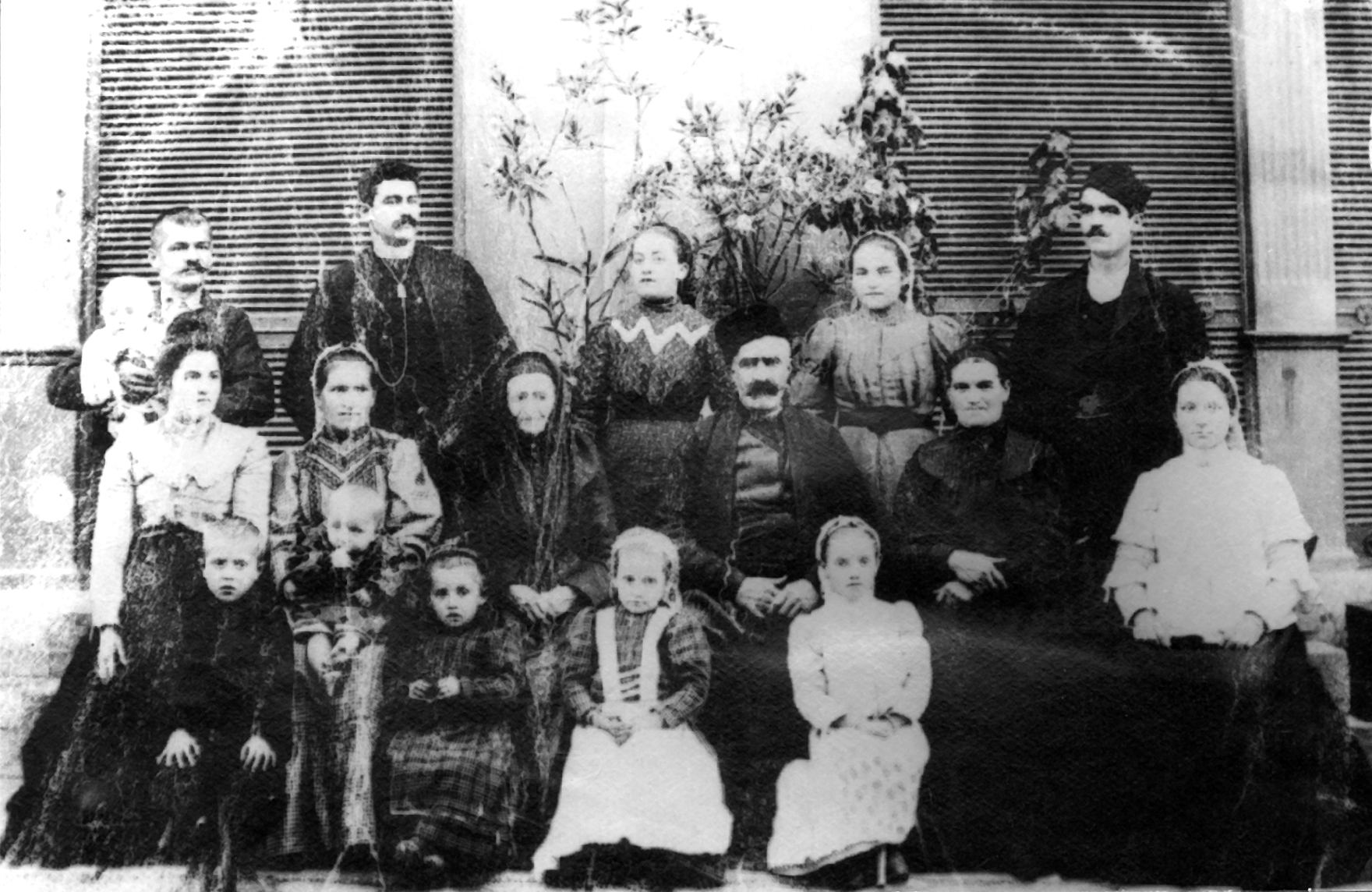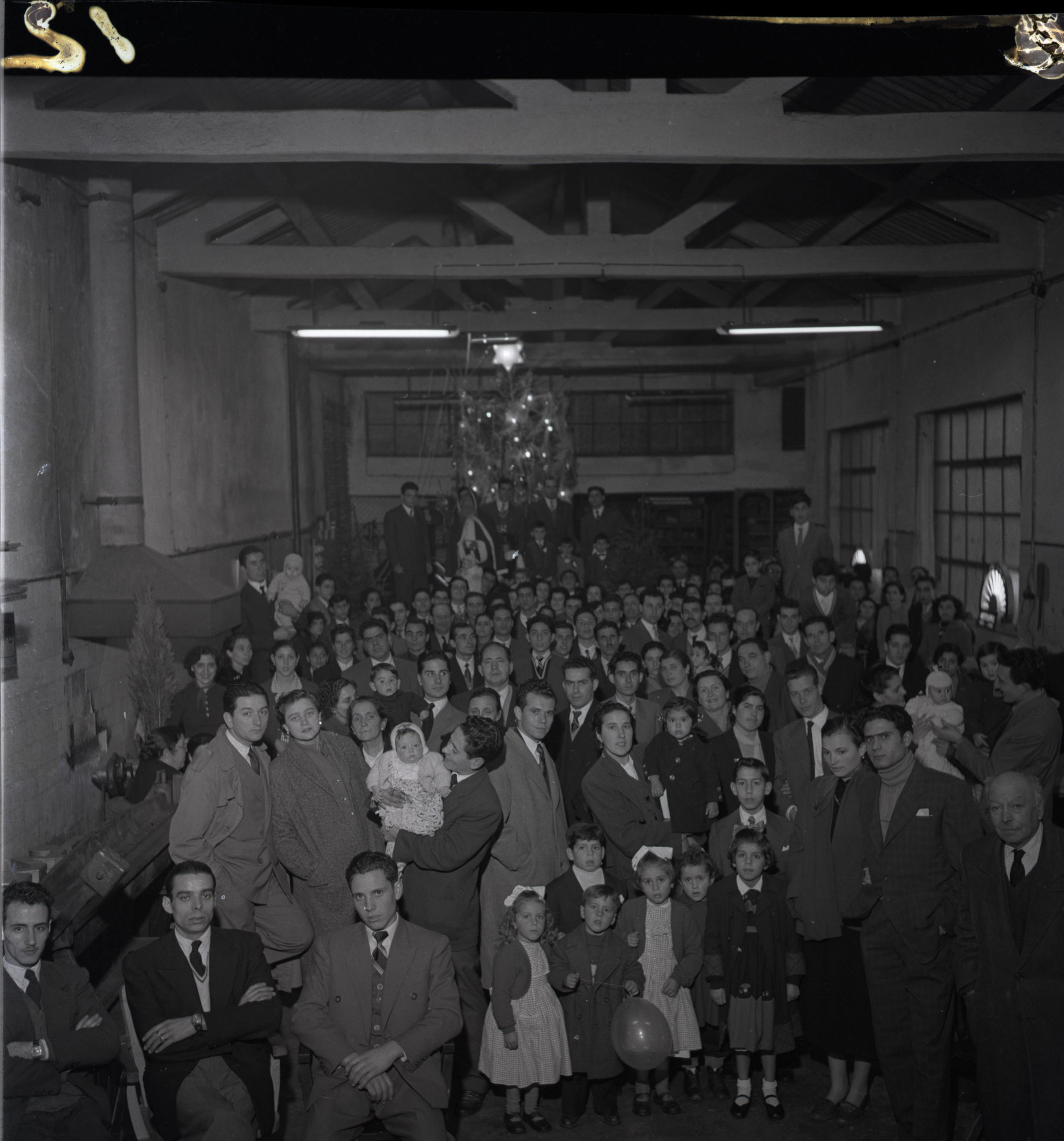2nd shift – REST/PRIVACY
FAMILY IDENTITY
For many years, big industrialists took pride in belonging to one big family and the number of members was linked to political power and the ability to develop a business. Nowadays, what drives successful companies?
60. Industrialist family. Interactive Museum of Industry, Gabrovo, Bulgaria.
The Industrial Revolution absorbed a large workforce and many industries employed entire families. Could you still find different generations of the one same family in a company in your region?
61. Christmas Party, Neolux Factory. 1947-1997. Teófilo Rego Archive, Casa da Imagem – Manuel Leão Foundation, Vila Nova de Gaia, Portugal.
A family is an intergenerational group sharing the same ancestry. Within the industrial sector it is common to find family bonds and traits in the same organisation, whether the owners or the workers. In the pre-industrial era, some trades were passed down from generation to generation, within the same family nucleus, sometimes assuming a surname, as Goldsmiths, with the aim of ensuring the family’s livelihood.
Later, with the Industrial Revolution, the bourgeois families of entrepreneurs, although fewer in number, own the small or large businesses and have economical control over the working-class families. In some cases, families lived inside the industrial infrastructure, as part of their labour power. In these times, social stratification prevented mobility between groups – workers married among their peers. Historically, within a social class, women were dependent on their husbands, and husbands depended on the older men of the family, and the families depended on the factory owners (as in rural societies). Thus, family identity was translated by the repetition of social patterns and of embodied traits that were common to all members of the same class.
It was the feminist movements and technological progress in the western industrialized world that created a new family dynamic between classes (Peter Willmott and Michael Young) and affirmed the individual worker as independent from its family and origin. We may add the evolution of education as emancipatory from the determinism of the social class of families. Women began to work at the factories, outside the home, obtaining a salary and economic autonomy, while children were given a set of rights, such as education, childcare, the right to play, and the elderly were provided with retirement and social rights. In industrial societies, each person acquired a place for their rights and deeds, not depending on the family of their origin.
If in the past family identity was at the centre of industrial organisation, nowadays there is a legal separation of the rights of workers from their origins. Therefore, the actions of favouring a particular group, such as relatives, friends, or others, goes beyond the boundaries of what is accepted in professional environments and reminds us of democratic principles. What kind of measures can the state government take in defence of common welfare, assuming its role as watchdog of the social pact

